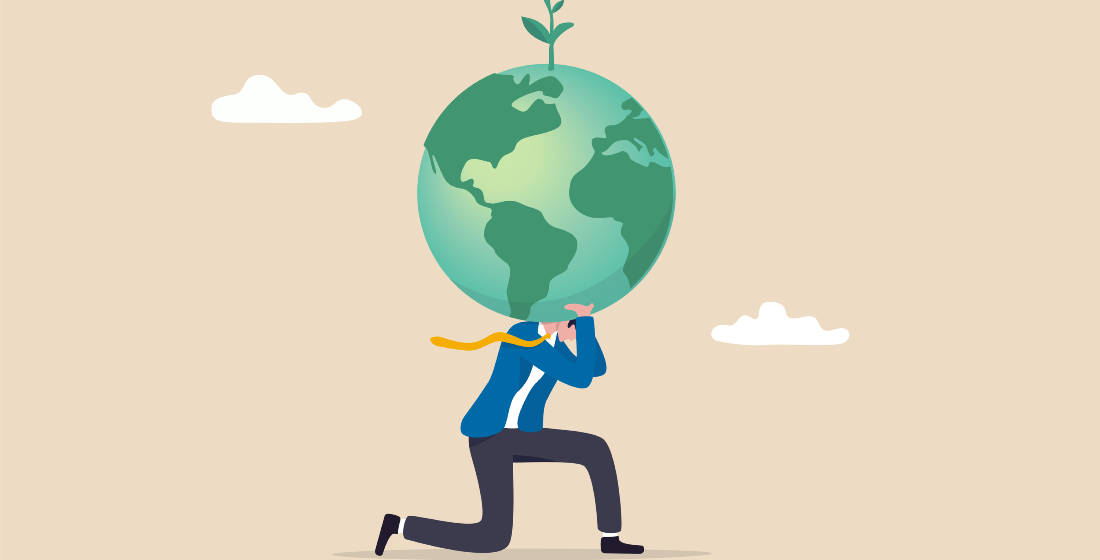Multilaterals boost climate finance to $62bn in 2019
Multilateral development banks are providing ever increasing levels of climate finance, but populist governments and the COVID-19 pandemic represent impending challenges.

The world’s seven largest multilateral development banks (MBDs) provided $61.6 billion of climate finance in 2019, up from $56 billion in 2018, according to the recently-published Joint Report on Multilateral Development Banks’ Climate Finance.
Around 67% ($41.5 billion) of the total went to low and middle-income economies. But a year-on-year comparison of that figure isn’t possible because of the 2019 edition’s re-classification of the countries that qualify as “low and middle-income”.
“It’s difficult to compare the results presented in this report to previous reports because we’ve changed the geographical coverage but there has definitely been a sharp increase in climate finance in 2019 compared to the previous years,” says Carel Cronenberg, an associate director at the European Bank for Reconstruction and Development (EBRD) and one of the report’s coordinators.
The report collated data from the EBRD, the African Development Bank (AfDB), the Asian Development Bank (ADB), the European Investment Bank (EIB), the Inter-American Development Bank Group (IDB Group), the World Bank Group (WBG), and—for the first time—the Islamic Development Bank (IsDB), which joined the working group in October 2017.
“Up to 2016, the level of climate finance was quite constant, but since then it’s shot up each year,” says Cronenberg. “After the Paris Agreement in 2015, the MDBs set out targets for their climate finance provision. And that’s been driving significant uptick in provision since.” In 2016. the MDB’s provided $27 billion of climate finance. That has since risen to $35 billion in 2017, $43 billion in 2017, and now $62 billion in 2019.
Approximately $47 billion (76%) of climate finance in 2019 went to climate change mitigation investments, aimed at reducing greenhouse gas emissions and slowing down global warming. Of that amount, 59% went to low and middle-income countries.
The remaining $15 billion (24%) went to adaptation initiatives to help countries build resilience to the mounting impacts of climate change, such as droughts and flooding. Low and middle-income countries received 93% of those funds.
As for the mechanisms by which the climate finance was delivered, “instruments like guarantees, short-term loans, equity, and working capital are all becoming more important because of the nature of how finance is changing: there’s a trend going on that is seeing direct capex investments becoming less dominant,” notes Cronenberg. There was also a significant rise in the use of green bonds as a climate finance instrument, with the likes of China, India and Turkey seeing the biggest increases in green-bond investment.
There was an additional $102.7 billion of climate co-finance channelled through the MDBs in 2019— both private and public-sector investments through the likes of the Climate Investment Funds (CIF), the Global Environment Facility (GEF) Trust Fund, the Global Energy Efficiency and Renewable Energy Fund (GEEREF), the European Union’s funds for Climate Action, and the Green Climate Fund (GCF).
The MDBs are well on their way to meeting their self-imposed targets of, by 2025, providing $65 billion of climate finance, with $50 billion going to low and middle-income countries, and doubling adaptation finance to $18 billion. But there are challenges that lie ahead. Regional tensions between member states have been increasing in recent years and climate-change sceptics are now in power in key countries such as the US and Brazil, with the former opting to withdraw from the Paris Agreement in 2017.
“There are certain countries that haven’t signed up to the Paris Agreement. And of course those specific shareholders have different views, which will have an impact on the way ambitions are being formulated in the different organisations,” Cronenberg remarks. “For instance, you see a lot of focus in the US on climate adaptation and climate resilience, while in the EU there’s more a focus on climate mitigation—which is essentially the difference between being reactive and proactive when it comes to climate change. In principle you have to do both, but the more we do for mitigation, the less we have to do for adaptation.”
But the rise in this type of climate nationalism has yet to make a dent in the MDB’s climate finance resources. “These kinds of projects take a long time to put together and implement, so the effect of populist governments like the Trump Administration may be seen over the longer term,” says Cronenberg. “Also, we’re talking about multilateral development banks not national development banks—MDBs are far less dependent on national policies to drive their agendas.”
A much more pressing problem, however, is the fallout of the COVID-19 pandemic. Many MDBs have had to re-channel funds to help combat the social and economic disruption of pandemic over 2020. “We may see a bit of a hiccup in the figures next year as a result of the corona crisis,” says Cronenberg. “Our priorities are obviously very different at this moment in time.”





